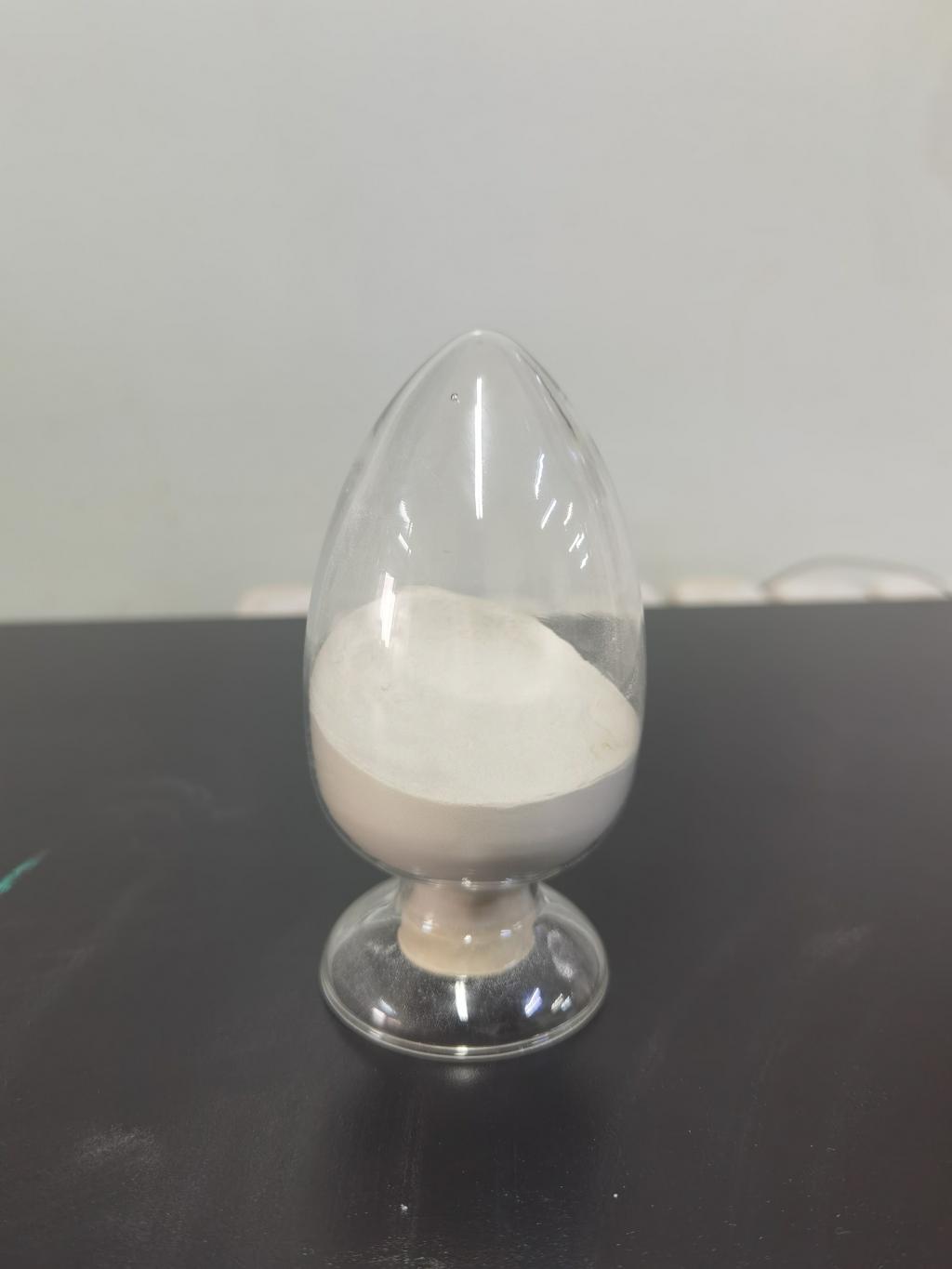Tel:+8618231198596

News
 CONTACT
CONTACT
 CONTACT
CONTACT
- Linkman:Linda Yao
- Tel: +8618231198596
- Email:linda.yao@dcpharma.cn
- Linkman:CHARLES.WANG
- Department:Overseas
- Tel: 0086 0311-85537378 0086 0311-85539701
News
Nisin's potential in controlling microbial contamination in pharmaceutical manufacturing.
TIME:2024-05-29
Mechanism of Action:
Nisin is a bacteriocin produced by certain strains of Lactococcus lactis, a bacterium commonly used in the dairy industry. It exerts its antimicrobial activity primarily by disrupting the integrity of bacterial cell membranes. Nisin binds to lipid II, a key precursor in bacterial cell wall synthesis, leading to pore formation and subsequent leakage of cellular contents. Additionally, nisin may disrupt membrane potential, inhibit cell wall synthesis, and interfere with essential cellular processes, ultimately resulting in bacterial cell death. Importantly, nisin exhibits rapid bactericidal activity against both Gram-positive and some Gram-negative bacteria, including drug-resistant strains.
Effectiveness Against Common Contaminants:
In pharmaceutical manufacturing, microbial contaminants such as Staphylococcus aureus, Escherichia coli, Pseudomonas aeruginosa, Candida albicans, and Aspergillus niger pose significant threats to product quality and patient safety. Studies have demonstrated the efficacy of nisin against these common contaminants in various pharmaceutical formulations and manufacturing environments. For example, nisin-containing solutions, coatings, and films have shown inhibitory effects against bacterial and fungal growth on surfaces, equipment, and packaging materials. Moreover, nisin-based antimicrobial agents have been incorporated into topical formulations, oral care products, and wound dressings to prevent microbial infections.
Regulatory Status and Current Applications:
Nisin is approved as a food preservative in many countries and is generally recognized as safe (GRAS) by regulatory authorities such as the U.S. Food and Drug Administration (FDA) and the European Food Safety Authority (EFSA). However, its use in pharmaceutical applications requires additional regulatory approval, including evaluation of safety, efficacy, and manufacturing quality. Despite regulatory challenges, nisin has been investigated for various pharmaceutical applications, including ophthalmic preparations, nasal sprays, and medical device coatings. Some nisin-based products have already entered the market, demonstrating the feasibility and potential of nisin in pharmaceutical manufacturing.
Challenges and Future Perspectives:
While nisin holds promise as an antimicrobial agent in pharmaceutical manufacturing, several challenges need to be addressed to facilitate its widespread adoption. These include optimizing formulation and delivery systems to enhance stability, bioavailability, and efficacy of nisin-containing products. Additionally, further research is needed to elucidate the mechanisms of resistance development and cross-resistance with other antimicrobial agents. Collaborative efforts between academia, industry, and regulatory agencies are essential to overcome these challenges and realize the full potential of nisin in pharmaceutical manufacturing. Future research directions may focus on exploring synergistic combinations of nisin with other antimicrobial agents, developing novel delivery platforms, and conducting rigorous clinical trials to validate safety and efficacy.
Conclusion:
Nisin represents a promising antimicrobial solution for controlling microbial contamination in pharmaceutical manufacturing. Its broad-spectrum activity, favorable safety profile, and regulatory approval as a food preservative highlight its potential as a novel antimicrobial agent in pharmaceutical production. While challenges remain in terms of formulation optimization, regulatory approval, and resistance management, ongoing research and collaborative efforts hold the key to harnessing the full potential of nisin in ensuring the safety and quality of pharmaceutical products.
- Tel:+8618231198596
- Whatsapp:18231198596
- Chat With Skype







